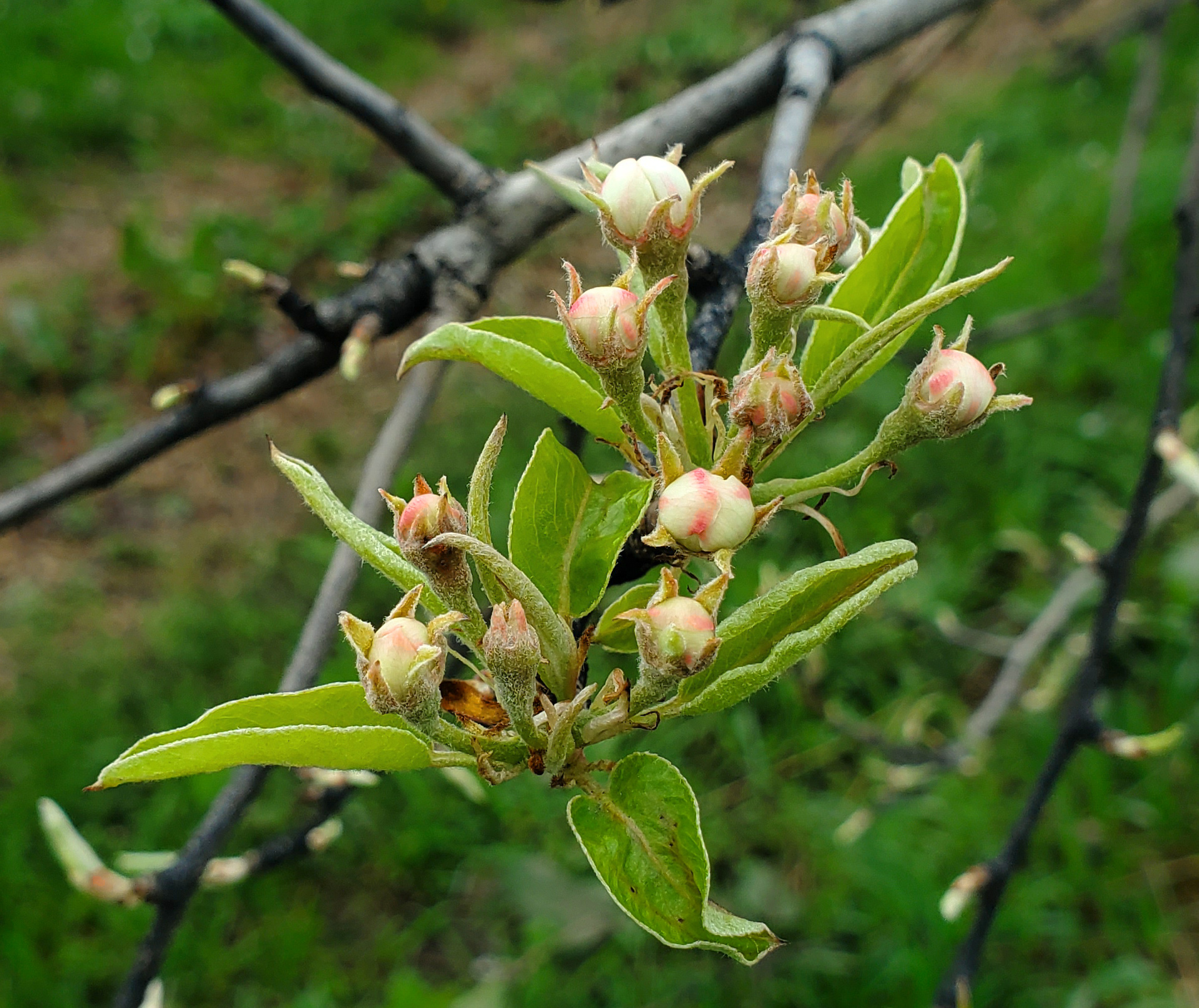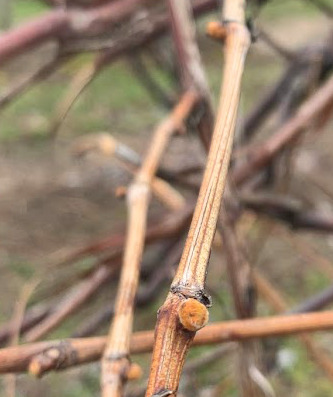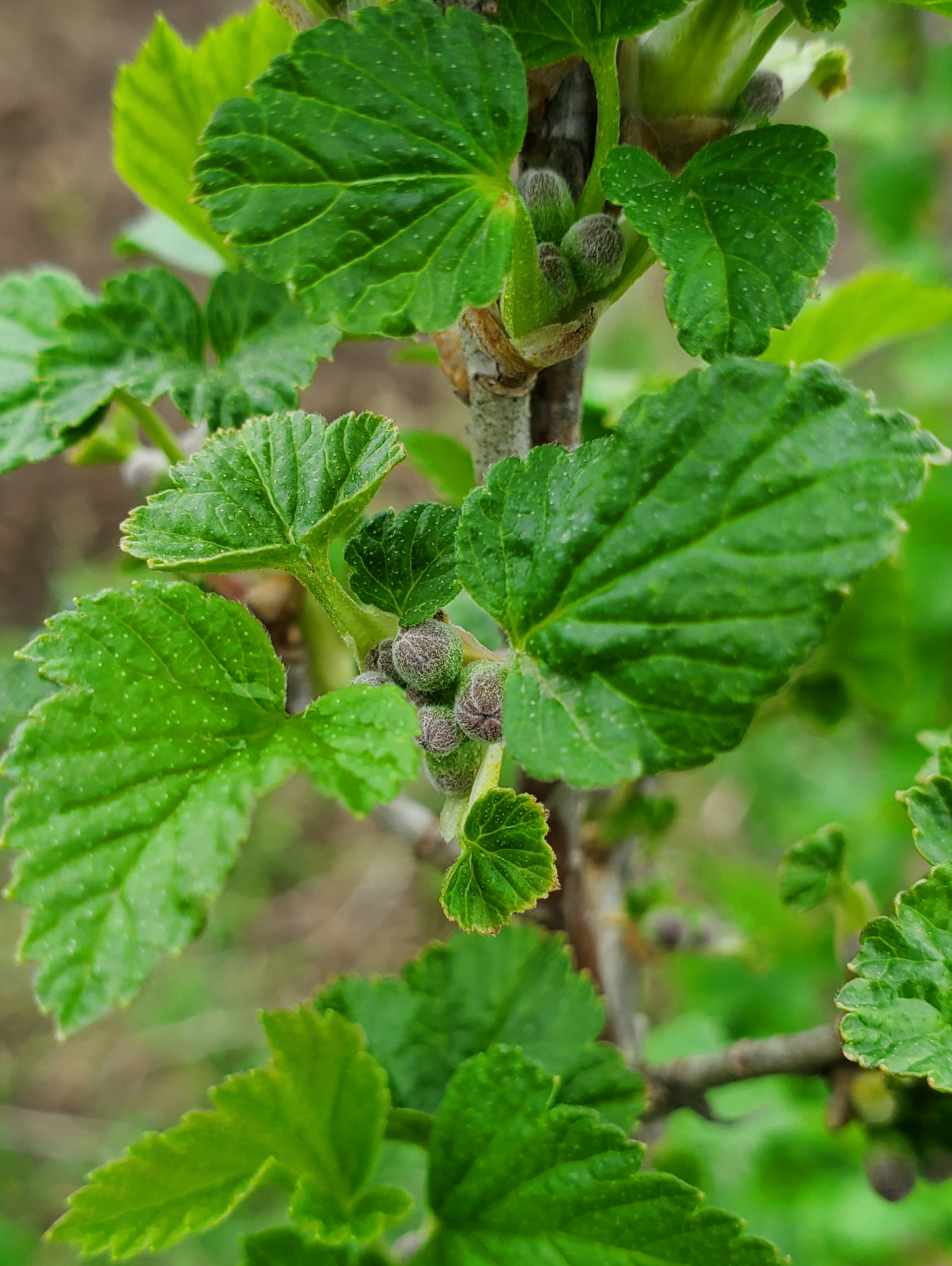Southwest Michigan fruit update – April 26, 2022
Sweet cherry bloom has begun. Last week’s Sunday freeze does not seem to have had any significant impacts on fruit crops.

Weather
Last week started cool with high temperatures near 40 degrees Fahrenheit and lows near freezing. A weak warm front moved through the area on Wednesday followed by a much stronger one on Saturday. High temperatures on Saturday reached the mid-80s with overnight lows Sunday morning in the low 60s. A cold front brought Monday temperatures back down into the 50s for much of the region.
Last week had two major rain events. The first was Friday and was more widespread with total amounts around 0.75 inches. The second was on Sunday into Monday of this week and was more isolated with thunderstorm cells causing quick downpours. Some southwest Michigan stations saw over 0.5 inches of rain. Total rainfall for the past week was 1 to over 2 inches, depending on the amount from the second storm system.
The coming week will be cooler than last week. The week is starting out cold, with highs in the 40s. Wednesday and Thursday will see low temperatures near 30 F before a warmup for the end of the week. The weekend will see more rain and a return to the 60s for highs and 40s for lows.
With the warm weekend we collected more growing degree days (GDD) than last week, 76 GDD base 42, 41 GDD base 50.
|
Southwest Michigan GDD summary from March 1 - April 25, 2022 | |||
|---|---|---|---|
|
Station |
GDD 42 F |
GDD 45 F |
GDD 50 F |
|
Benton Harbor (SWMREC) |
248 |
184 |
106 |
|
Lawton (Lawton) |
252 |
190 |
112 |
|
Fennville (TNRC) |
217 |
161 |
94 |
|
Average for the SW region |
248 |
187 |
111 |
|
Average last week |
172 |
125 |
70 |
Tree fruit
The warm weekend caused a jump in development. Most stone fruits are at or near bloom. Apples and pears are not far away either. During bloom, be cautious with sprays, avoiding when possible, and spraying at night when necessary to avoid harming pollinators.
The recent wet weather has slowed down progress on pruning. Biofix for black stem borer and oriental fruit moth was over the weekend for much of the region. Mating disruption treatments for oriental fruit moth should be up soon for full season efficacy.
Apricots buds are at full bloom to petal fall depending on variety and location.
Peach and nectarine are at first pink to full bloom, depending on variety. Low levels of copper generally help suppress bacterial spot populations. Brown rot control is needed for warm wet conditions during bloom. Thorough removal of mummies from trees is important for managing this disease.
In cherries, sweet cherries are early to full bloom, tarts are at first white. Expansion of first bract leaves (beginning of risk period for cherry leaf spot infection) for central Berrien County was estimated as April 24, 2022 (250 GDD base 42 after Jan. 1).
In plums, Japanese plums are blooming. European plums are at first white. Prune out black knot and dispose of the knots by burning or removing them from the orchard. Sanitation is an important step in managing this disease. Fungicide control generally starts at green cluster. European plum (most varieties) is more susceptible than Japanese to this disease. Brown rot management is needed when wet weather and temperatures in the range of 60 to 80 degrees occur during bloom.
Apple varieties in central Berrien County range from tight cluster to immediate pre-bloom. Remedies for blind wood include notching above dormant buds plus PGR treatment and is best from green tip to tight cluster but can be done two weeks before bud break to after full bloom. Best time is half-inch green.
Scab sprays are needed during the primary scab season from March to early June to protect against ascospores released in rains. Protectants are preferred over systemic fungicides at this time of year for scab control to reduce the number of systemic fungicide applications and thereby slow the development of resistance. Powdery mildew and rust control generally start at pink.
Pear buds are at tight cluster to full white and require protection against scab. Be prepared for fire blight management at bloom. Pear psylla egg laying has been detected.

Small fruit
Grape buds are at early swell in vinifera cultivars and doeskin in juice varieties and in early hybrid wine grapes such as Marquette.

Blueberry flower buds are at bud burst in Van Buren County to tight cluster in southern Berrien County. Green leaf tissue is out. This is a good time to be scouting for mummy berry. Spores should have been released by now. The window to apply copper, Sulforix or lime sulfur products to suppress early season diseases is closing.
Strawberry new leaves are emerging from the crown. Flower trusses are becoming visible in the crowns. Over wintering mulches should be off and raked between the rows. Some growers are putting out floating row covers. Maintain early season fungicide coverage to protect the leaves.
Bramble leaves are unfurling. New canes are emerging in fall bearing raspberry fields. Dormant pruning should be completed. In summer bearing raspberries, last year’s primocanes should be headed (cut back) to the desired height and all floricanes from last year should be removed. Lime sulfur treatments for anthracnose can still be applied but at reduced rates.
Cranberries are still dormant, fields are red.
Currant and gooseberry flower buds can be seen.
Hops bines are up to a foot tall. Stringing has begun.

Upcoming meetings
Our regular Southwest Michigan Monday Fruit IPM Updates will be moving to a hybrid format. The meetings will be held in person with virtual attending also available online. You do need to register to receive the Zoom link and password for these meetings. The webinars are free and two pesticide applicator credits are available for each meeting.
The 2022 Statewide Michigan Grape Kickoff meeting will be April 29 from 9 a.m. – 5 p.m. This will be a hybrid event with in-person attendance at the Northwest Michigan Horticultural Research Center. Preregistration is required.
Related articles
- Black stem borer: An opportunistic pest of young fruit trees under stress
- 2022 Fruit insecticide registration update
- Southwest Michigan fruit update – April 12, 2022
- Southwest Michigan fruit update – 2021 review
- Freeze damage depends on tree fruit stage of development
- 2013 bloom dates for southwest Michigan tree fruit crops
- Managing bacterial canker in sweet cherries: What are the options?
- Early insect control with horticultural oils
- Scouting and management of mummy berry in blueberries
This work is supported by the Crop Protection and Pest Management Program [grant no 2021-70006-35450] from the USDA National Institute of Food and Agriculture.



 Print
Print Email
Email
